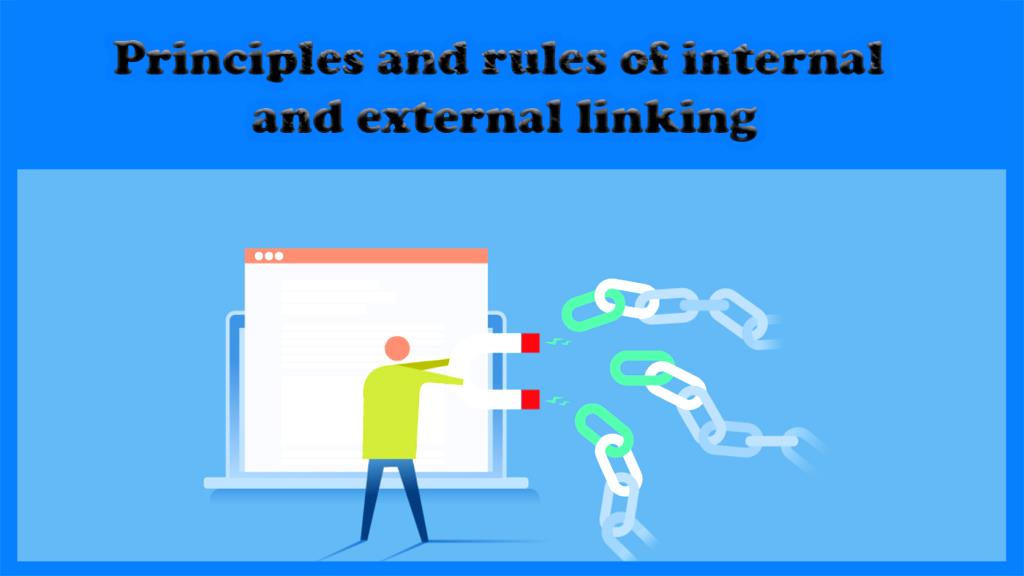

- #Principle app hacks anchor update
- #Principle app hacks anchor software
- #Principle app hacks anchor free
To give a more concrete example, let’s assume we have a class for an employee that holds methods for calculating and reporting their salary. There is most likely a better way to implement it.

Then it’s better to take a step back and rethink your current approach. If your answer includes the word “and”, you’re most likely breaking the single responsibility principle. You can avoid these problems by asking a simple question before you make any changes: What is the responsibility of your class/component/microservice? But that often results in classes with more than responsibility and makes it more and more difficult to maintain the software.
#Principle app hacks anchor software
If you build your software over a longer period and if you need to adapt it to changing requirements, it might seem like the easiest and fastest approach is adding a method or functionality to your existing code instead of writing a new class or component. Unfortunately, following the single responsibility principle sounds a lot easier than it often is. A Simple Question to Validate Your Design

NET, Java, PHP, Node.js, Ruby, and Python.
#Principle app hacks anchor free
Maximize the features of the single responsibility principle using Stackify’s free code profiler, Prefix, to write better code on your workstation. There is no point in having multiple classes that just contain one function. Therefore, the single responsibility principle is an important rule to make your code more understandable but don’t use it as your programming bible. Later, when they want to write some actual code, they have to inject many dependencies which makes the code very unreadable and confusing. Some developers take the single responsibility principle to the extreme by creating classes with just one function. However, make sure to not oversimplify your code. This reduces the number of bugs, improves your development speed, and makes your life as a software developer a lot easier. Classes, software components and microservices that have only one responsibility are much easier to explain, understand and implement than the ones that provide a solution for everything. The single responsibility principle provides another substantial benefit. Besides, if you want to gain a better understanding of what’s happening in your application, you can use Retrace’s code profiling solution.

So, it’s better to avoid these problems by making sure that each class has only one responsibility. In the end, you need to change your class more often, and each change is more complicated, has more side-effects, and requires a lot more work than it should have.
#Principle app hacks anchor update
They only use one of the other responsibilities implemented by your class, but you need to update them anyway. Depending on your change, you might need to update the dependencies or recompile the dependent classes even though they are not directly affected by your change. That might not seem like a big deal, but it also affects all classes or components that depend on the changed class. That is obviously more often than you would need to change it if it had only one responsibility. You need to change your class as soon as one of its responsibilities changes. If your class implements multiple responsibilities, they are no longer independent of each other. The more responsibilities your class has, the more often you need to change it. Each of them also changes the responsibility of at least one class. We all know that requirements change over time. The argument for the single responsibility principle is relatively simple: it makes your software easier to implement and prevents unexpected side-effects of future changes. Let’s address the most important questions before we dive any deeper into this design principle: Why should you use it and what happens if you ignore it? Benefits of the Single Responsibility Principle


 0 kommentar(er)
0 kommentar(er)
